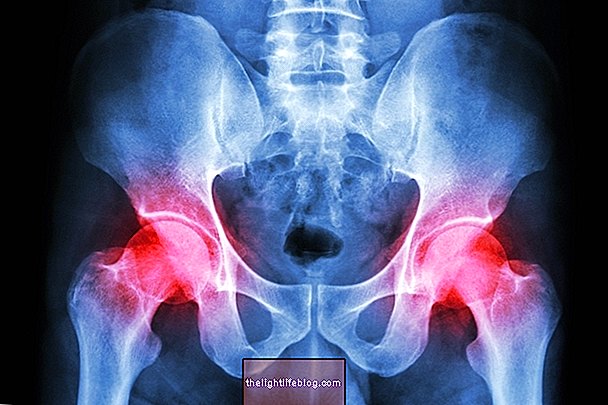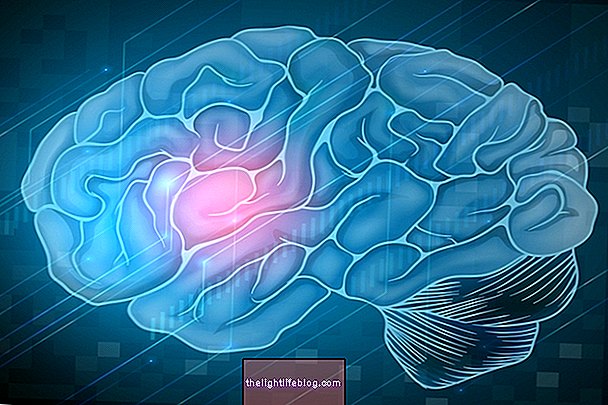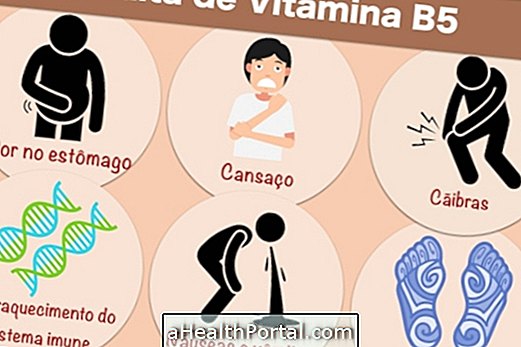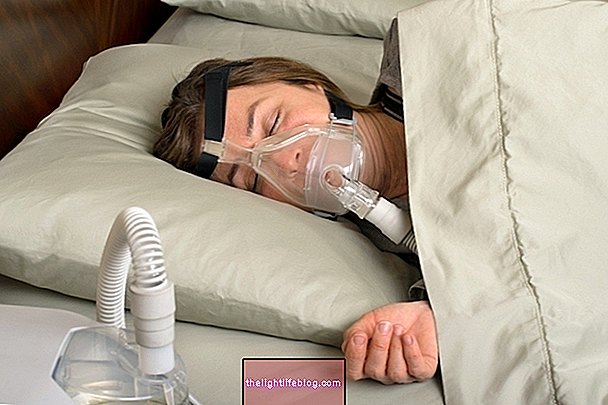Osteoporosis is a disease characterized by decreased bone mass, which causes bones to become more fragile, increasing the risk of fracture. This disease is silent, and symptoms are not usually noticed and the diagnosis is made, for the most part, after the occurrence of fractures, for example.
Osteoporosis is very associated with aging, since over the years the body progressively loses its ability to metabolize and absorb calcium, for example. However, some lifestyle habits may also influence the occurrence of osteoporosis, such as sedentary lifestyle, malnutrition, and alcohol consumption.
Although this disease has no cure, treatment can be established with the goal of improving the person's quality of life and reducing the risk of fractures and associated diseases. It is important that the person has a healthy lifestyle with regular physical exercise, but the doctor may also recommend the use of supplements or medications that help in the process of calcium reabsorption and bone mass formation. See which medications are most indicated in osteoporosis.
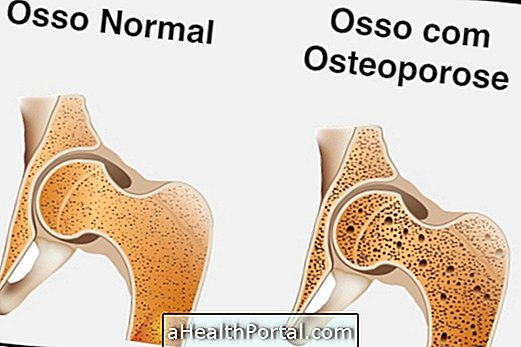
Symptoms of osteoporosis
Osteoporosis is, most of the time, asymptomatic, however it can be noticed by means of the fracture that some bone after a slight impact, for example. In addition, it may be indicative of osteoporosis to decrease in height by 2 or 3 centimeters and the presence of drooping or humped shoulders. Learn how to identify osteoporosis.
From the evaluation of symptoms, the doctor may indicate performing an imaging examination that indicates the loss of bone mass, bone densitometry. This test can be done annually or every 2 years after diagnosis of osteoporosis to adjust the dose of the medicine. Understand how the bone densitometry is done.
Main causes
Osteoporosis is a disease very closely related to aging, being more common in women after 50 years due to menopause. Other causes that may favor osteoporosis are:
- Thyroid dysfunction;
- Autoimmune diseases;
- Calcium deficiency;
- Sedentary lifestyle;
- Nutritionally poor nutrition;
- Smoking;
- Alcoholism;
- Vitamin D deficiency.
These situations cause the body to not function properly, causing an imbalance between bone formation and destruction, making bones fragile and more likely to fracture.
How is the treatment done?
Treatment for osteoporosis is done with the use of drugs that stimulate the production of bone mass, but adequate intake of calcium and vitamin D through diet or supplements, and the practice of physical activities such as walking, water aerobics and dance, are also effective in counteracting the symptoms of osteoporosis. Find out the best exercises for osteoporosis.
Learn more about osteoporosis treatment.
How to prevent
Prevention of osteoporosis should be done throughout life by adopting healthy habits, such as:
- Practice regular physical exercises such as walking, dancing, doing water aerobics or pilates;
- Expose daily to the sun for at least 15 minutes to stimulate vitamin D production;
- Avoid drinking alcohol and smoking;
- Consume the recommended amount of calcium per day, about 1200 IU.
In addition, it is important to decrease the risk of fractures by removing unnecessary furniture and carpets from the home. Here's how to reduce your risk of osteoporosis through eating.
